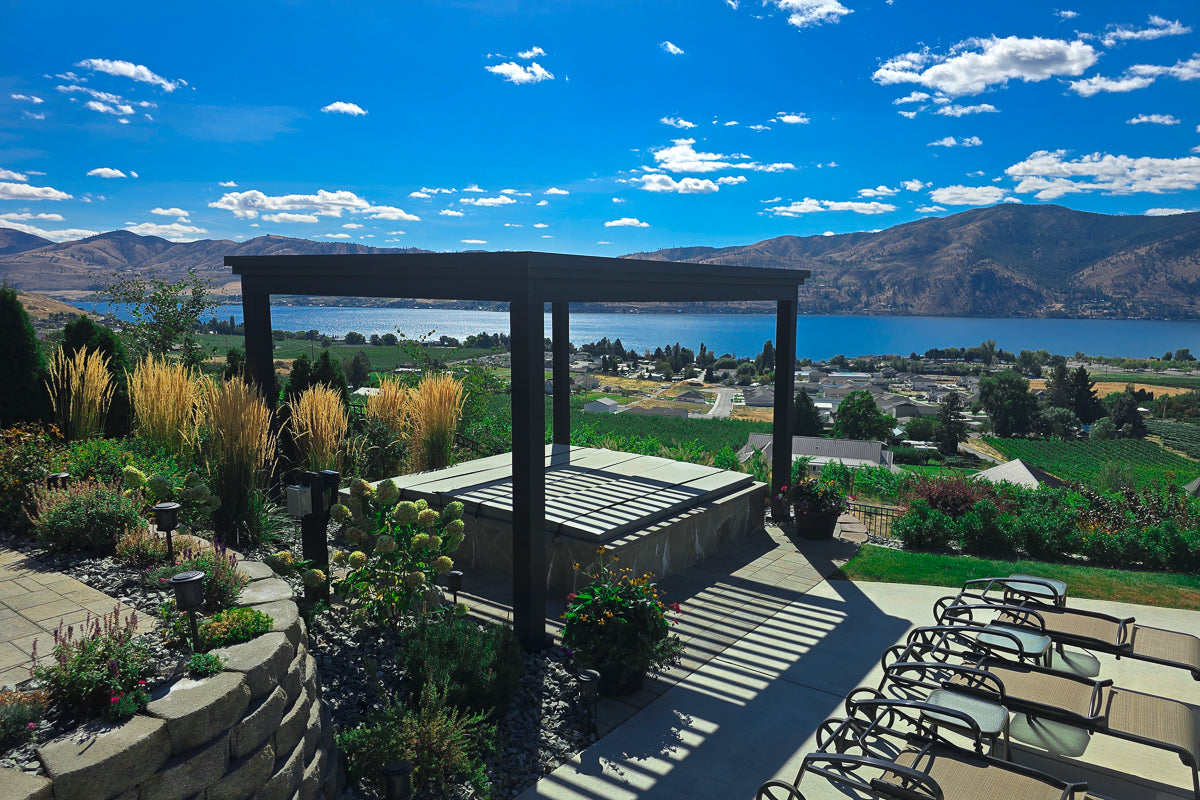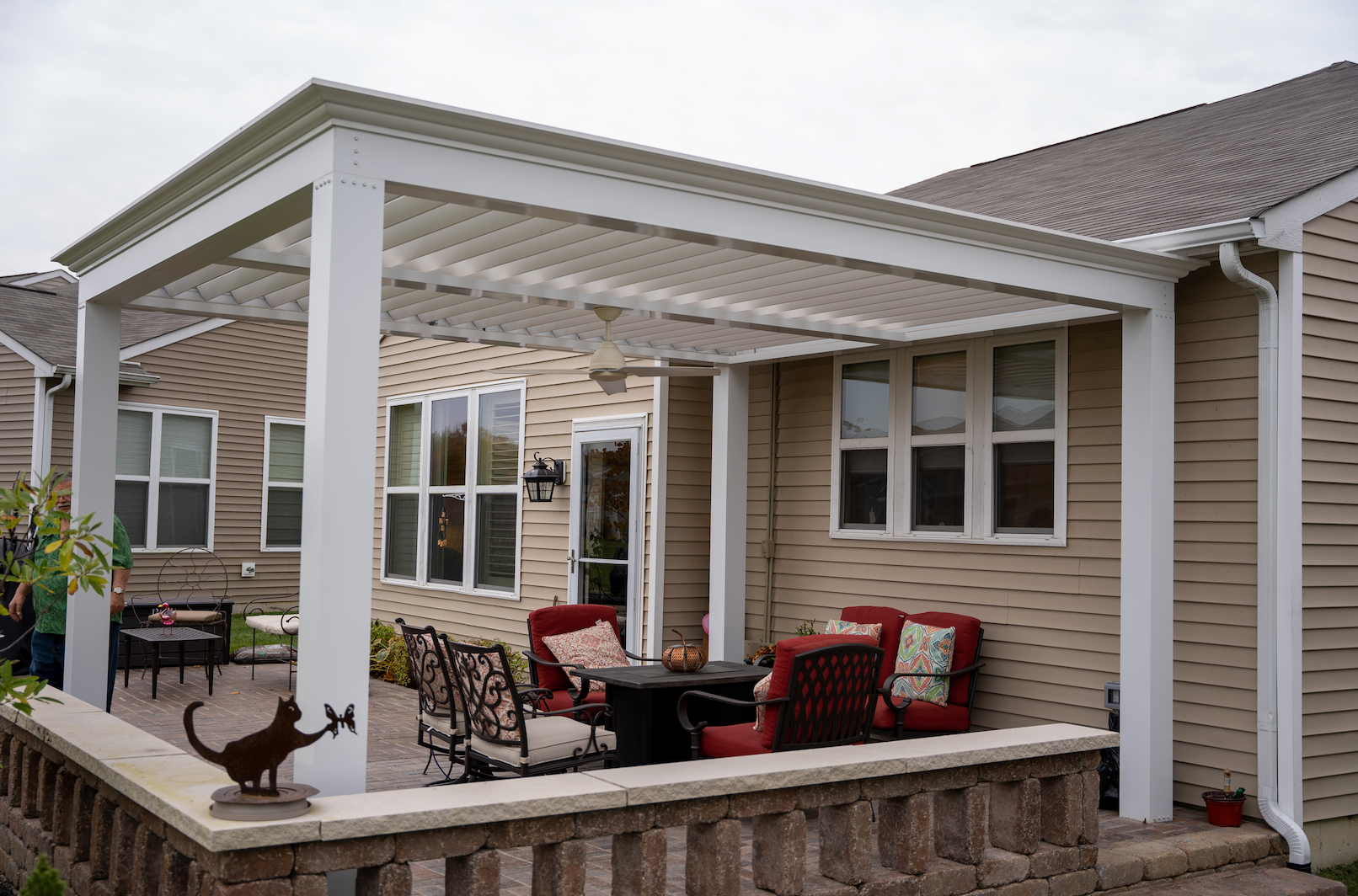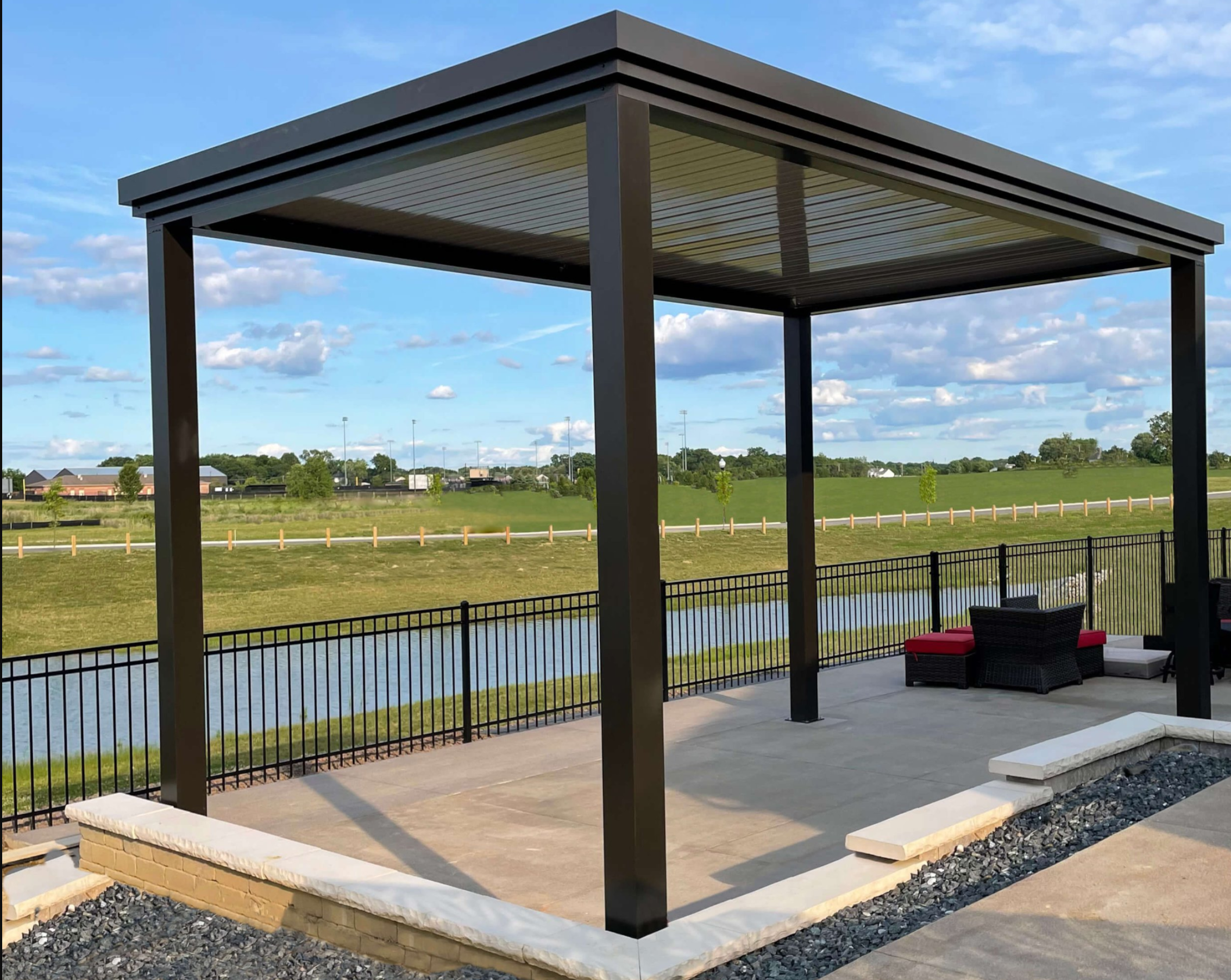So you’re interested in louvered roofs or louvered pergolas, aluminum pergolas, whatever. There's a lot of different manufacturers.
I want to break those down. We're going to walk through each of the different types and what makes each of them better or why they step up in price and who the different manufacturers are. So you can know a little bit more about the market.
Table of Contents
- Introduction
- Chinese or Turkish Aluminum Pergolas
- Costco and Wayfair Pergola
- Starry Pergola
- Hanso Home
- Thin Extruded Aluminum
- Wind Ratings and Bad Weather
- Traditional Pergola, Modified at Installation
- Modern Style Motorized Pergolas
- Style of Materials and Space
- Single vs Dual Wall Louver
- Struxure Pricing
- European Pergolas
- Louver Deflection
- Weathering and Maintenance
- Explore Aluminum Advantage
- How the Luxury Pergola Compares
- Next Steps
Introduction
Welcome to the Luxury Pergola. I'm Harrison. We're a family owned business that does aluminum pergolas. So aluminum pergolas have been around for a little while.
They've really gotten popular in the last decade or decade and a half. It's hard to separate who is worth what. There are three categories to this entire market.
The first is going to be a Chinese category.
Chinese or Turkish Aluminum Pergolas
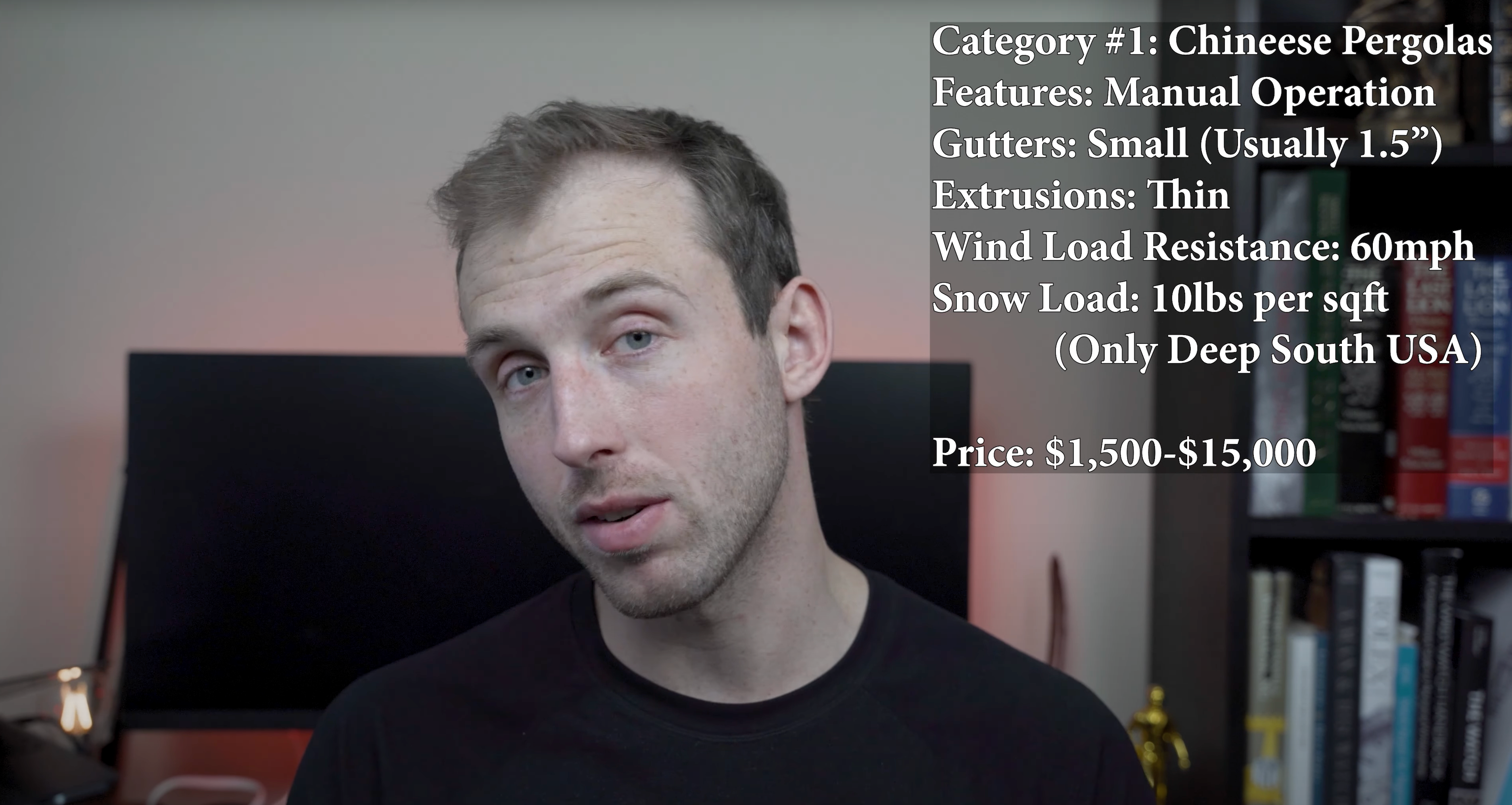
So this is mainly overseas production, either Chinese or Turkish in their base. They're going to be relatively thin extrusions.
They're going to be inexpensive because they're thin extrusions and they are obviously done overseas. So there's different ways that they shave cost on the unit itself.
These are almost always going to be manual operation. They're going to have limited gutter capacity.
Costco and Wayfair Pergola
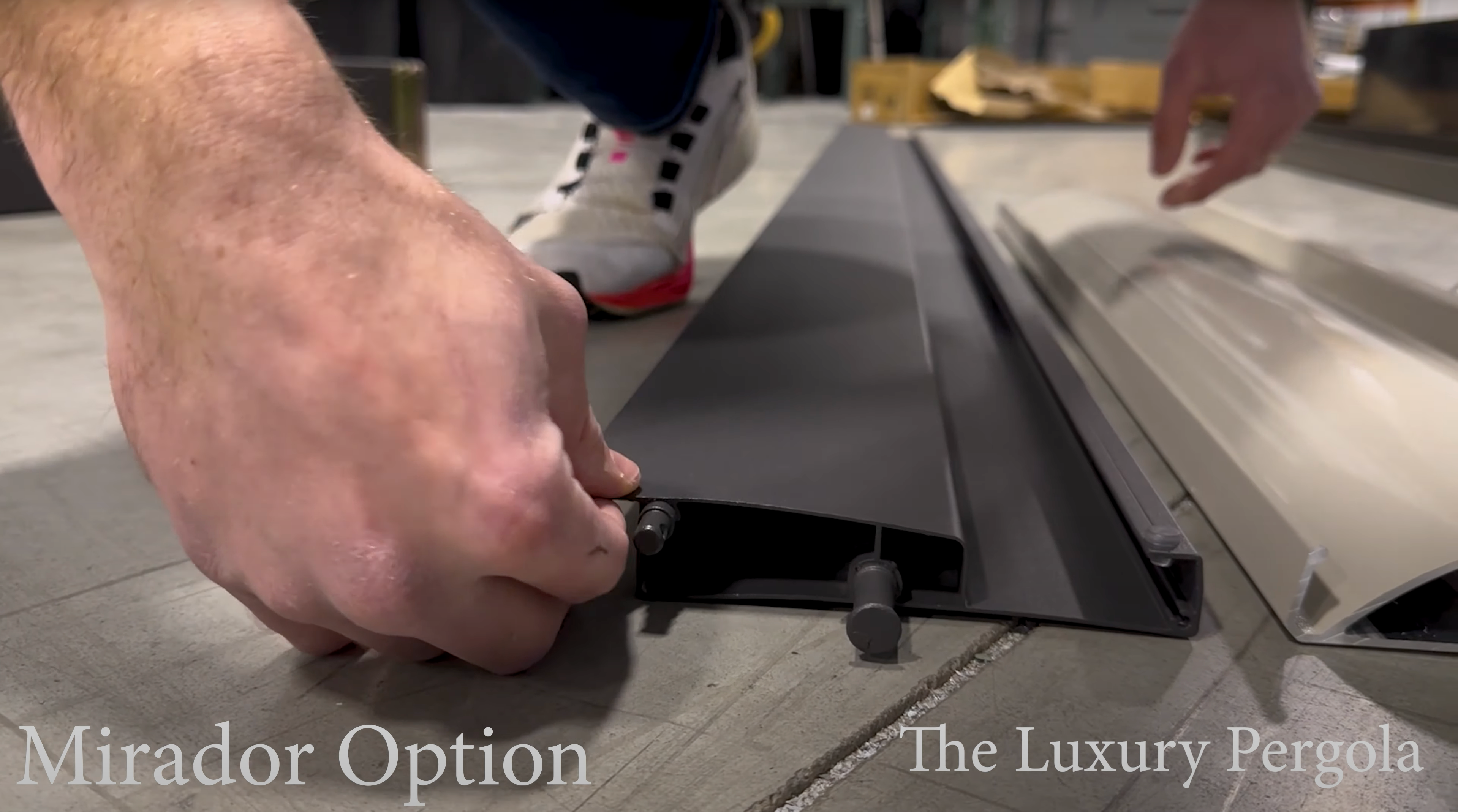
We actually have a video where we built the pergola from Costco. To list them off, you have the Mirador Pergola that's very popular.
It's on Wayfair, Amazon, as well as on Costco. As I said, we have a build of us doing that one.
There's Aluna Tech. Aluna Tech is primarily sold through Alibaba, but it's also sold through a U.S. supplier called Peaceful Patios.
Starry Pergola
Then there's Sora, which is just another version. And then there's Astari, which is the manufacturer or for a similar type product, which is primarily sold or supposedly sold through Hanso home.
Now I have another video coming out about Hansa home, and I can talk through some of the issues that some people are reporting to us.
Hanso Home
All of these products are primarily made from aluminum extrusions, so they're not roll form aluminum profiles. Typically the way to shave cost here is through lowering the thickness of the profiles, because that's the only way you get the price point down. Most of these products are based on poundage of aluminum and then they mark up the price per pound.
Thin Extruded Aluminum
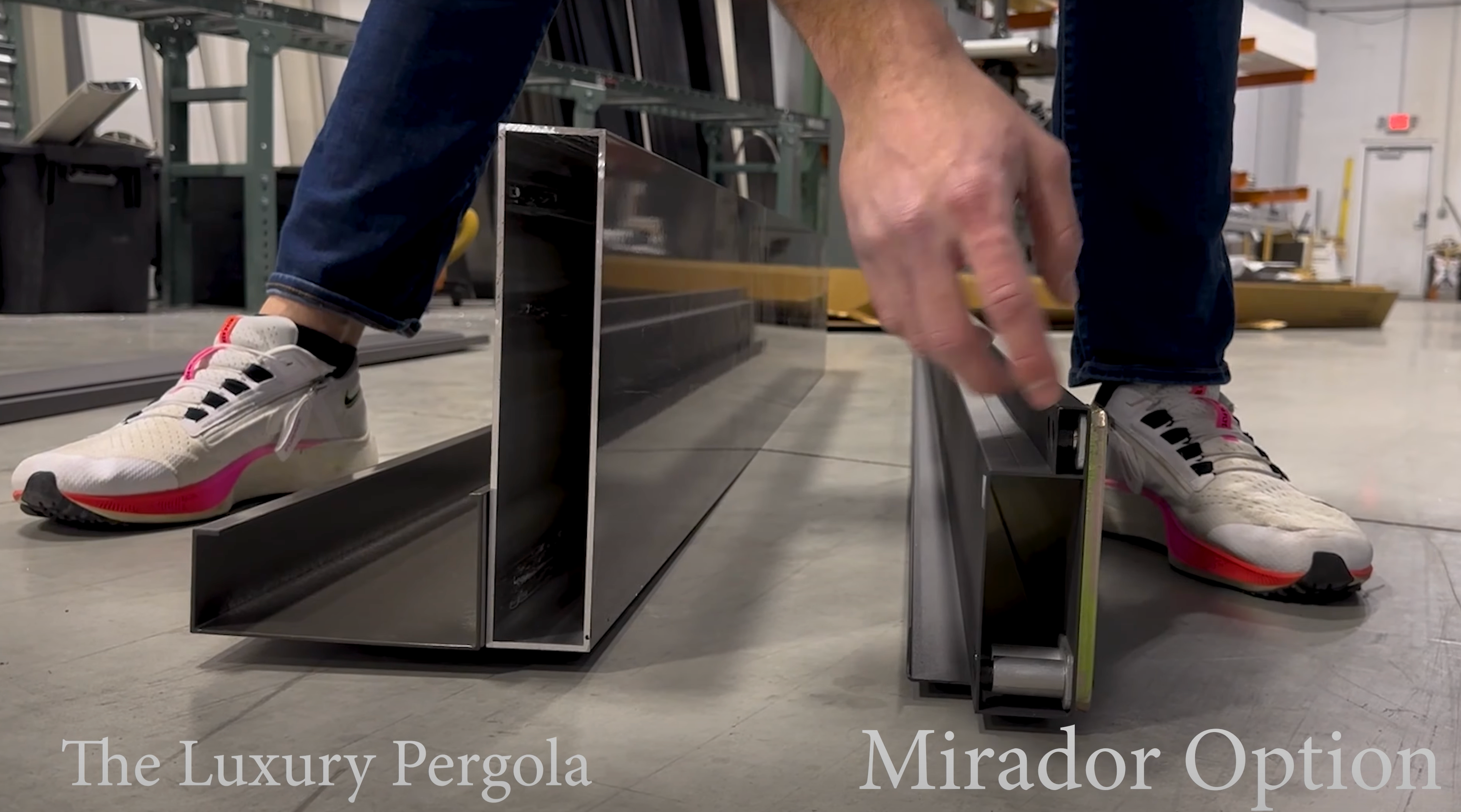
I would know that's what we do and then sell it on to the customer. So the thinner or lighter you can make the structure. That's the only way you can provide it at a lower price. Being thinner and lighter.
The downside to that is going to be gust resistance, though you'll see a lot of marketing terms. Talk about hurricane force winds or crazy snow load resistances.
Wind Ratings and Bad Weather

Typically, most of these products have only about a 60 mile an hour wind load rating. We just had a wind storm here in Indiana yesterday and we had gusts well beyond that that would have collapsed most of those structures.
So they recommend you take the louvers out when it's getting in high winds. Obviously, that adds some tediousness. So they're going to be at a lower price point, primarily around one and a half thousand to about three and a half thousand.
Traditional Pergola, Modified at Installation
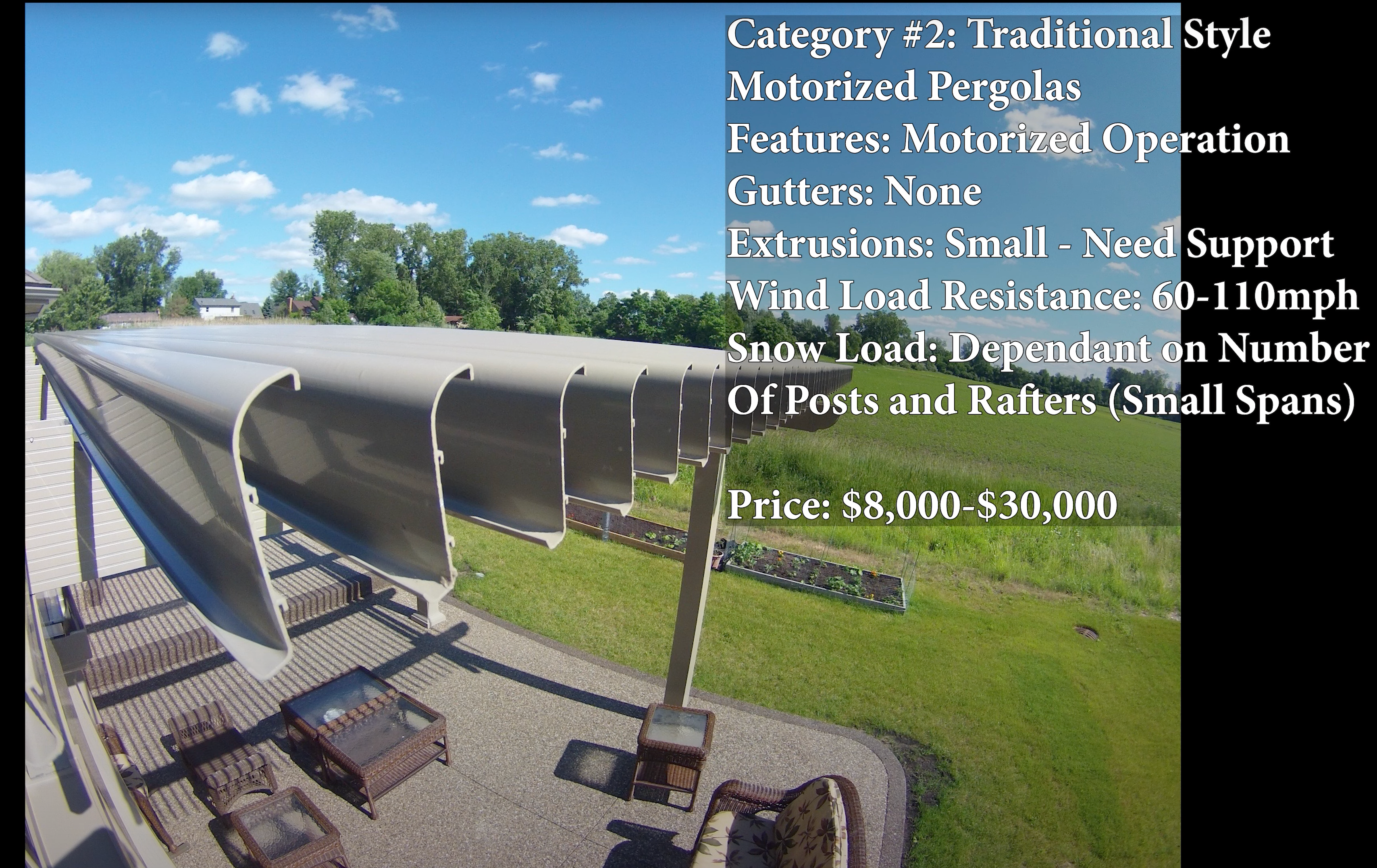
The second version is going to be the aluminum pergolas that look like a traditional pergola, but happened to open and close. These are going to be small louvers.
They're going to be sitting on top of rafters just like a normal pergola. And they're going to open and close. These do not have any gutters attached to them. When the rain pours on them, they just roll off the sides.
Timo and Cardinal
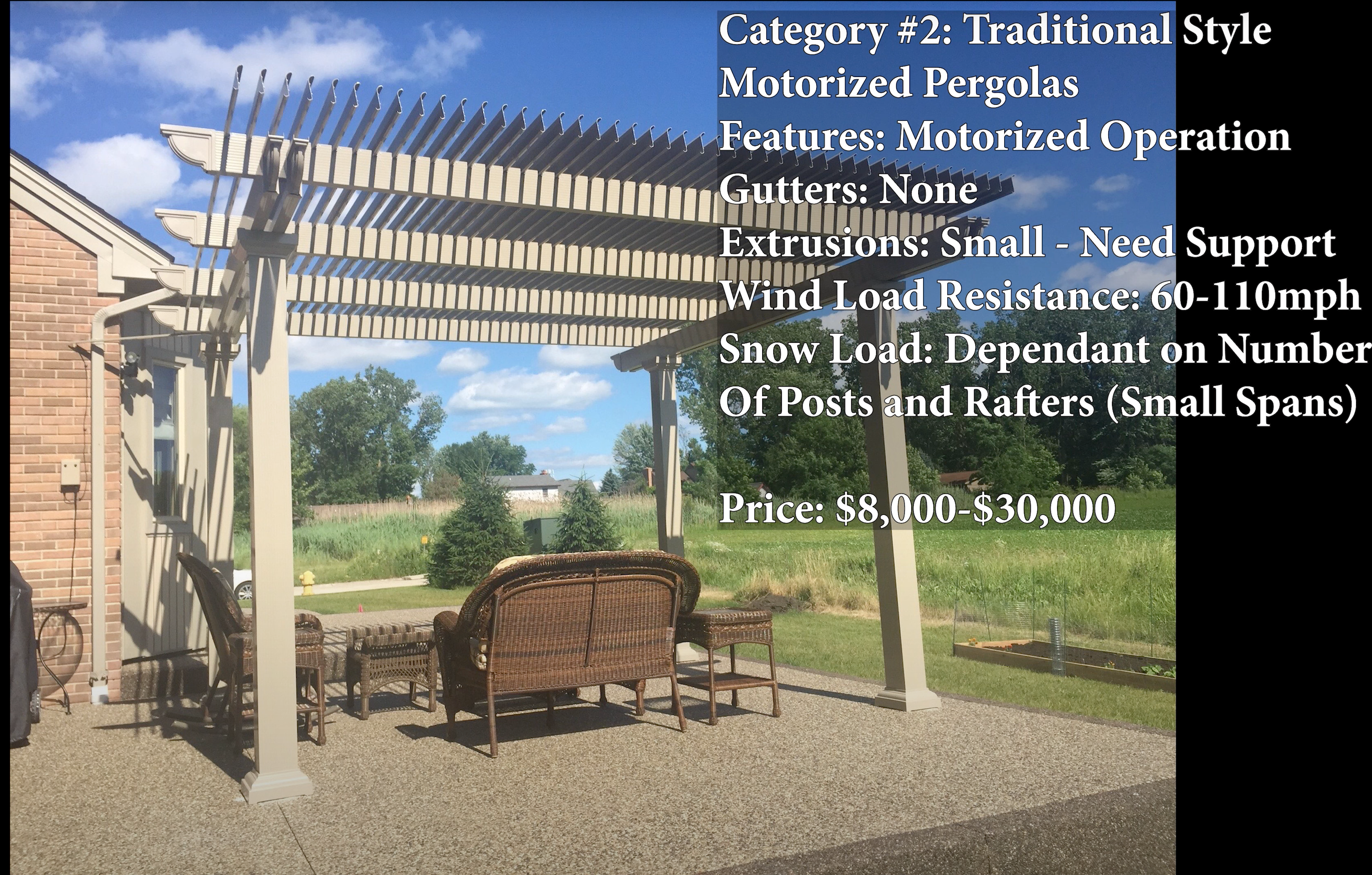
First you've got Timo, then you've got Cardinal, then you've got Solara. All of these are going to have really thin extrusions on their aluminum structure that go on top.
All of them are going to have rafters underneath to support the fact that they can't carry that big of a snow load. As I said before, they don't have an integrated gutter system, so the water just pours off the side of the unit.
Budget on Timo and Cardinal
These are typically going to be somewhere around the $25,000- $30,000 range. And it just depends on the size of the unit. And that kind of drives the price. More square footage, more expensive.
They're going to be less expensive, traditionally, only because of the way that they're manufactured, the way that they're made. They have a little less aluminum in the actual construction itself.
Potential Issues
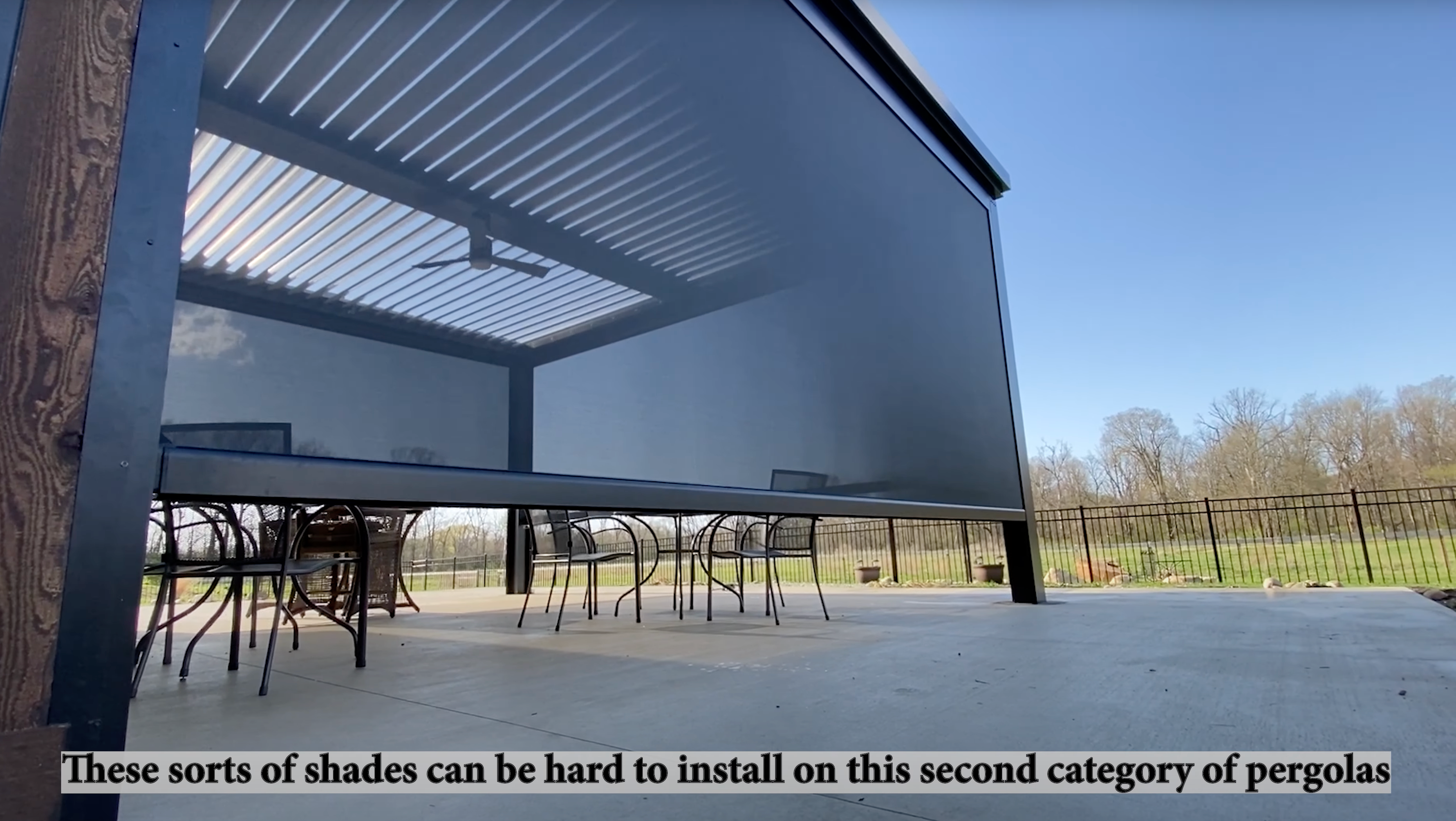
Downside of these units is going to be further adjustability. If you want to add drop shades to them later on. They're not really designed to be able to accommodate screens later.
They're more like, if you want a traditional pergola that happens to close. So that's just something to keep in mind as you look at this market.
The third one is the one that's the most popular and that's the modern esthetic that's going to have a gutter system integrated on the interior.
Modern Style Motorized Pergolas
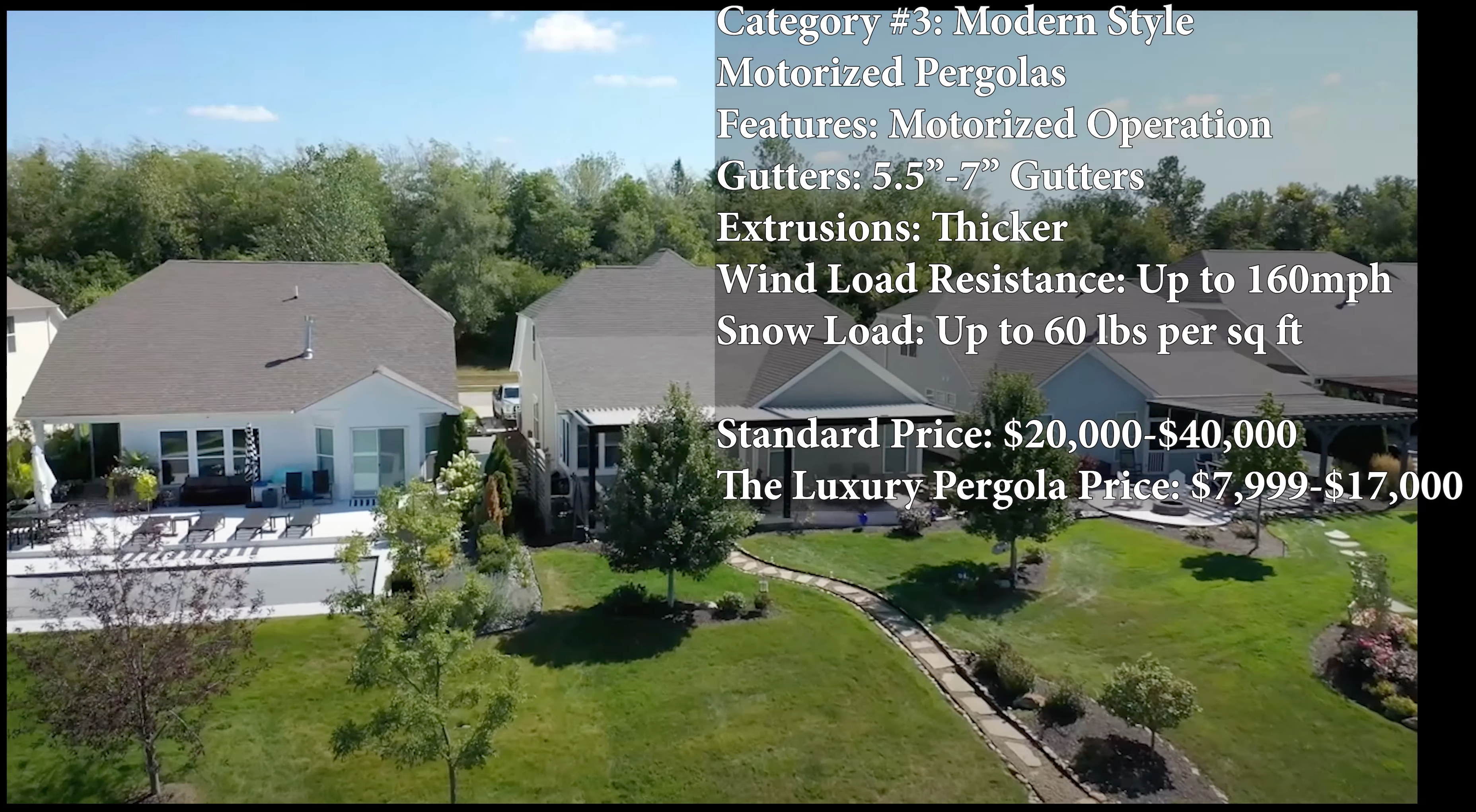
So it has a gutter system and it has more of that flat look to the overall build models. Those are very popular these days, but they typically come at a very heavy price point and we'll go through why and what your options are and where you can get the best value.
The third option is my favorite. This is what my family and I designed, and that's going to be a modern aesthetic and that's going to have a gutter system on the interior of the unit.
Style of Materials and Space
These are typically going to have a flat exterior look to them. So more of that flat, more of industrial look, although you can get trim packages to try and break up that aesthetic.
There's two different subsets within this. One is going to be a single wall Louver So just a single piece of aluminum and the other one's going to be a dual wall louver, which means that there's an air pocket in the interior of that louver to allow heat to not transfer through.
Single vs Dual Wall Louver
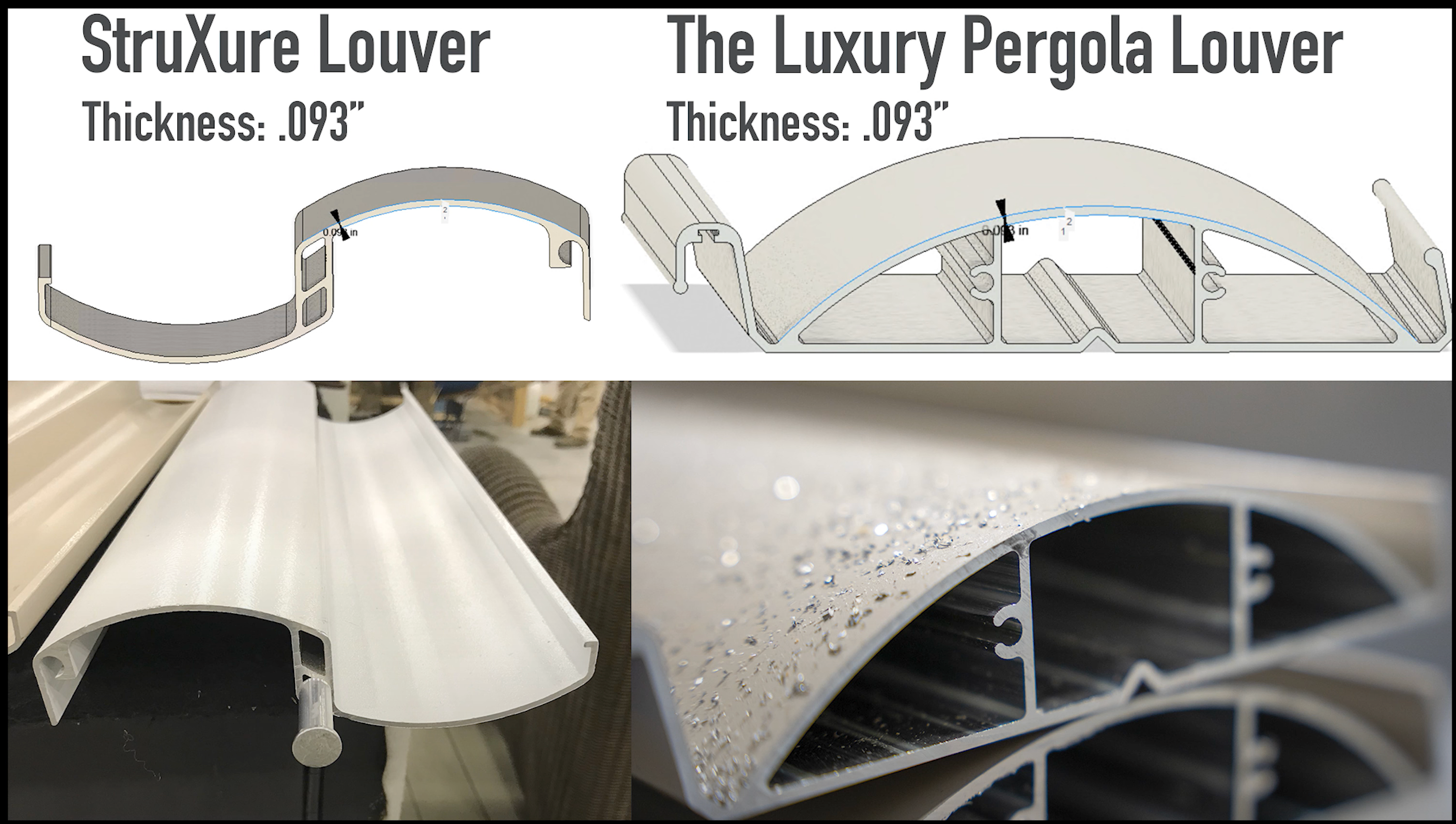
At least that's the concept of the single wall louvers. You're going to have Apollo and Struxure. Those are the popular manufacturers, Apollo being out of California.
Struxure is a brand now owned by Azec, although they used to be an independent company. Both of these are operated through aluminum rods that are hammered into the end of the louver itself. It sets an aluminum track and then it's pulled open and closed down.
Struxure Pricing

Downside here is obviously going to be heat transfer. But otherwise the general mechanism of the way these work is going to be pretty similar to the rest of these louvers.
General pricing for these tends to vary by company. I have seen Struxure Pergola pricing of a five foot by fifteen foot that we had a customer send us where they got quoted about $30,000. That's $450 a square foot.
So it tends to vary, but they tend to be quite expensive. On the dual louver, you actually have us the luxury pergola, which is a dual wall.
Ours are obviously a lower price point because we sell them as a kit direct to you. You can look at our pricing. I'll talk about that a little later.
European Style Pergolas

You've also got companies like Azenco. Their design looks very much like most of the European stuff that's coming out, which is thin beams that are tall, 14 inches tall, that are kind of bridged on top of one another with a louver that has an end. So imagine this is the bottom that rotates open with that is the bottom.
Even though it is made in the U.S.A., the Azenco design looks very much like the European stuff that’s coming out.
Louver Designs
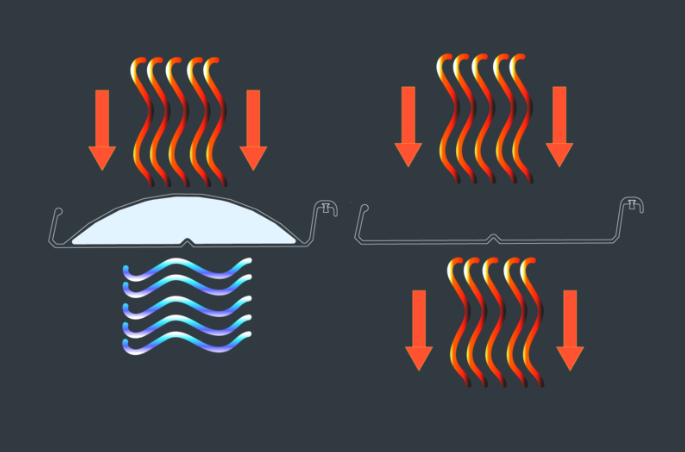
They use actually a composite nub that gets slid into the end of the louver. It sits on a track and then it rotates open and close. So interesting design, but that's how they do theirs. Proportions tend to be a little bit off, at least in my opinion, on those units.
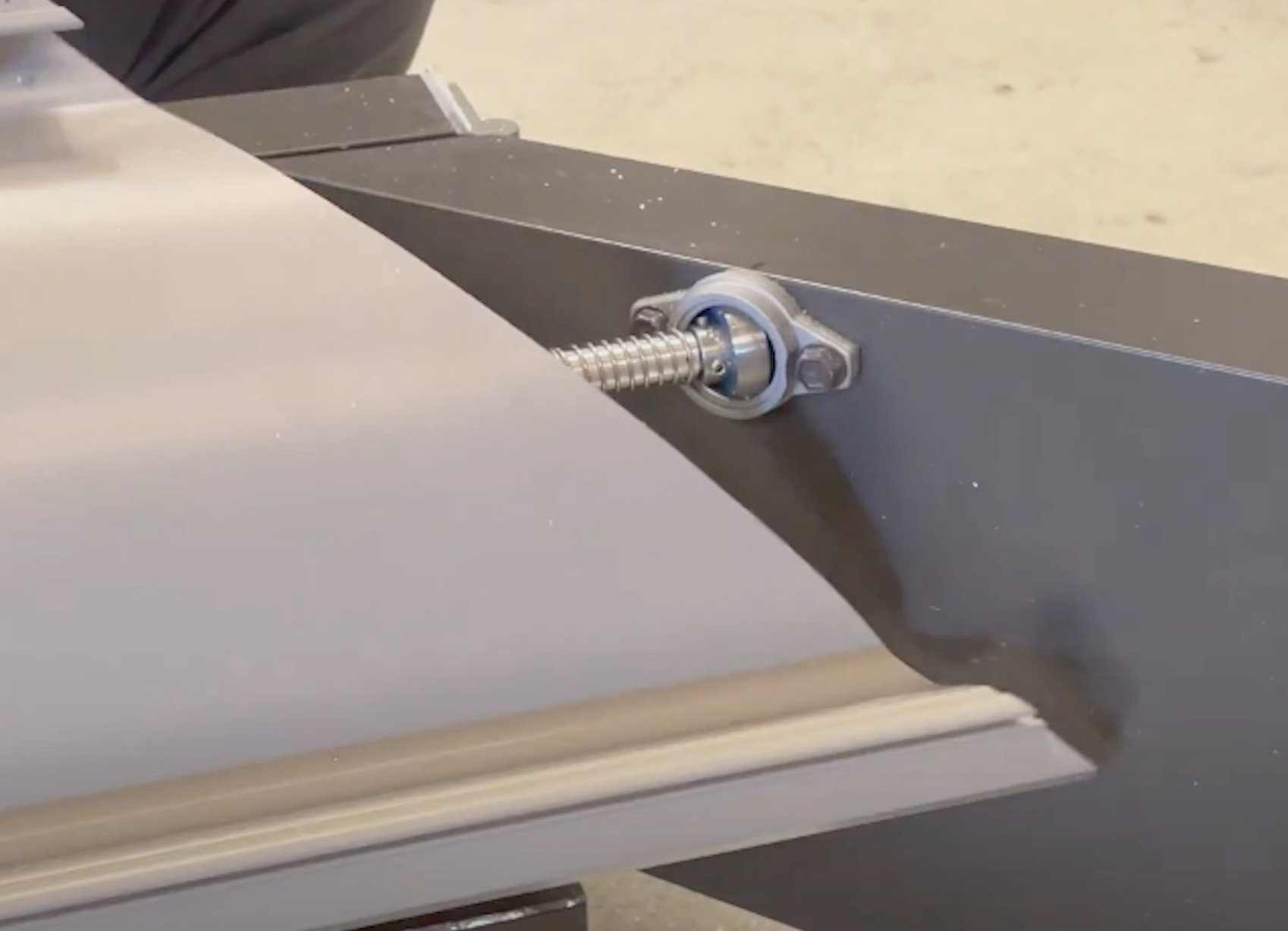
Then you've also got builders like Sundance and there's is a dual Wall Louver as well, although they follow a similar method to the first ones, which is that they put a rod in it rather than capping off that end.
Issues with Louver Design
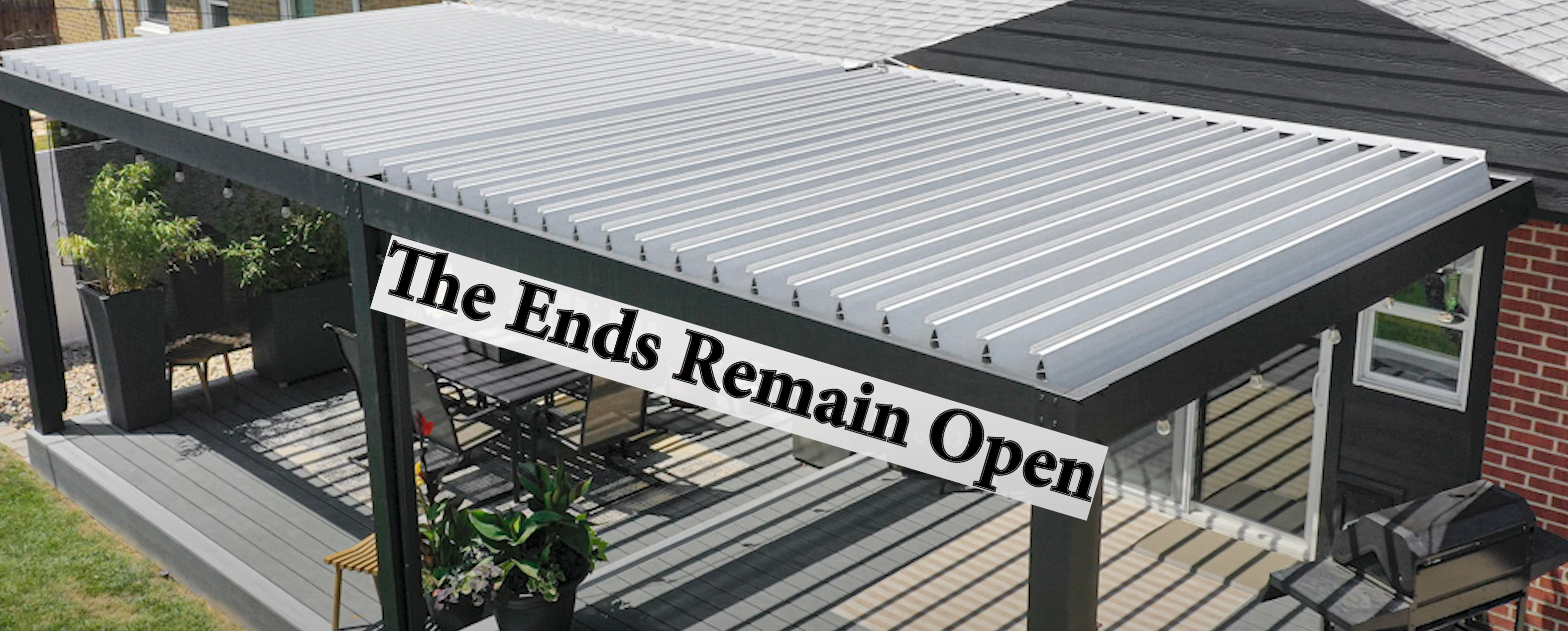
So you obviously invite a lot of critters, bugs, spiders and stuff that can live inside the louvers, which is an interesting concept. These rotate open and closed the same as all of the others.
They do tend to talk about the span of their louvers, but it's about the same as everyone else. You have deflection rates that you're allowed based on louvers spans and how much deflection you can have within an area.
Louver Deflection
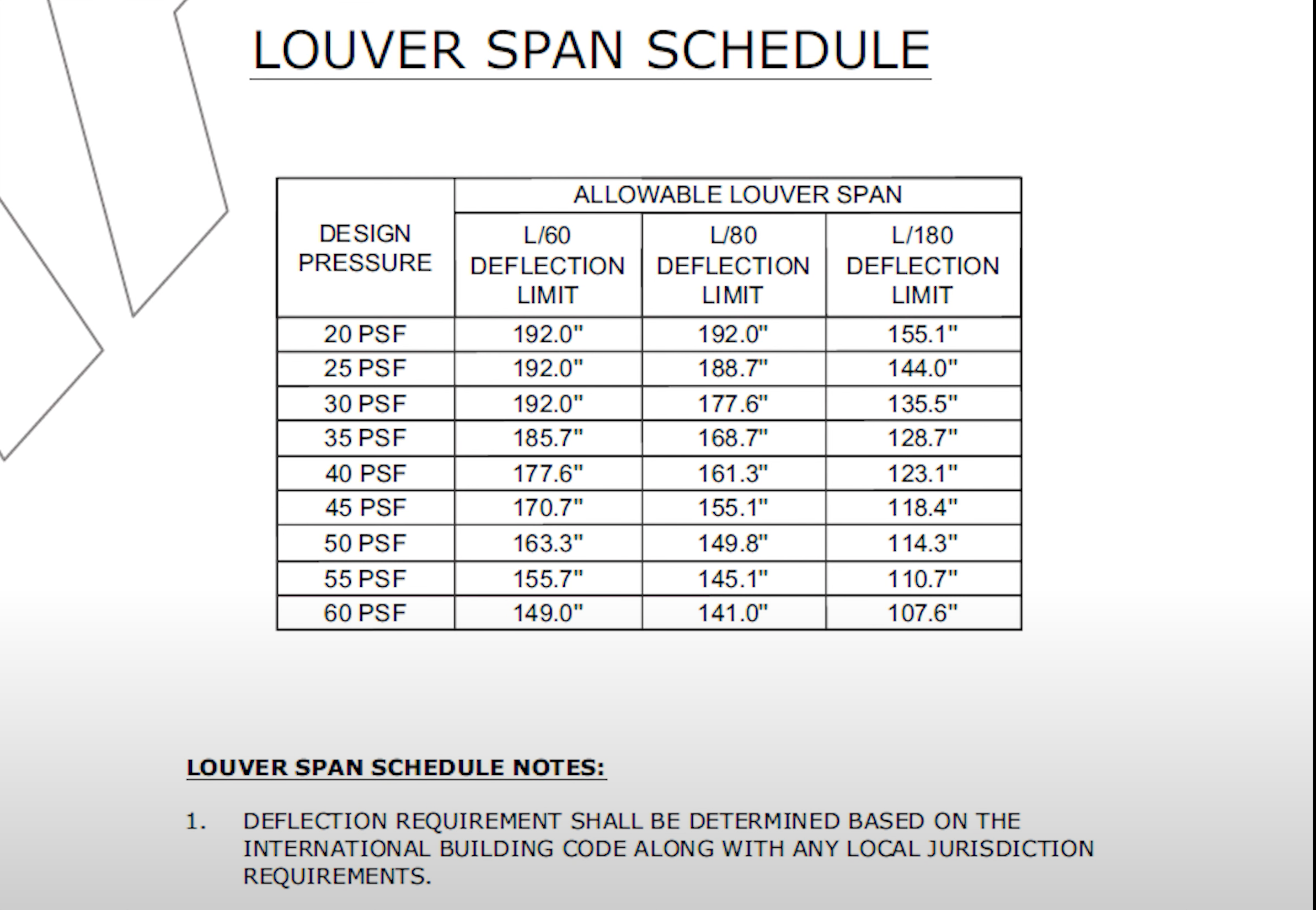
Most areas of the United States require an L180 deflection rate or better. And so that means that they can really only do a 12 foot clear span just like everyone else in most jurisdictions.
It also sits in a seal bearing at the end of the Louvre, which is interesting also because the seal bearing runs the risk of potentially failing at some point the seals breaking.
Weathering and Maintenance
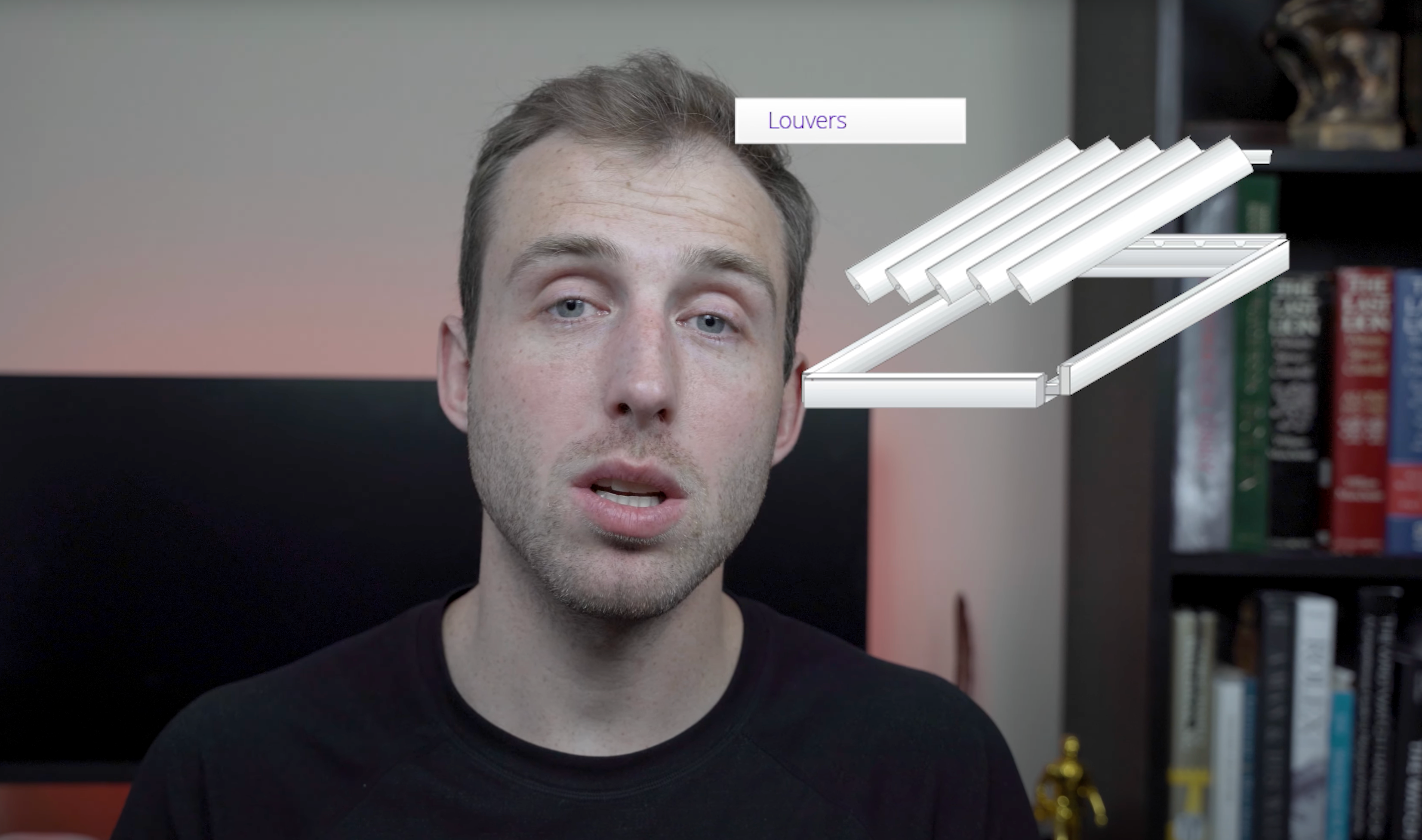
And then that obviously because they're just steel inside, is going to end up rusting. The ball bearings and then you're going to have a little that seizes. But either way, the next manufacturers are going to be people like Pergola, which is the original Louvered System company. They originated these in the eighties in Australia. There's is a steel one, at least as last I checked, it was a steel louver.
So you run the risk. Obviously the cut ends rusting, but either way their design has been around for a long time. I don't know how many dealers they have in the States, but that is one option.
Equinox is another option. Their louver shape is the exact same as goal as they were originally for all the dealers, and they made theirs out actually out of aluminum.
Explore Aluminum Advantage
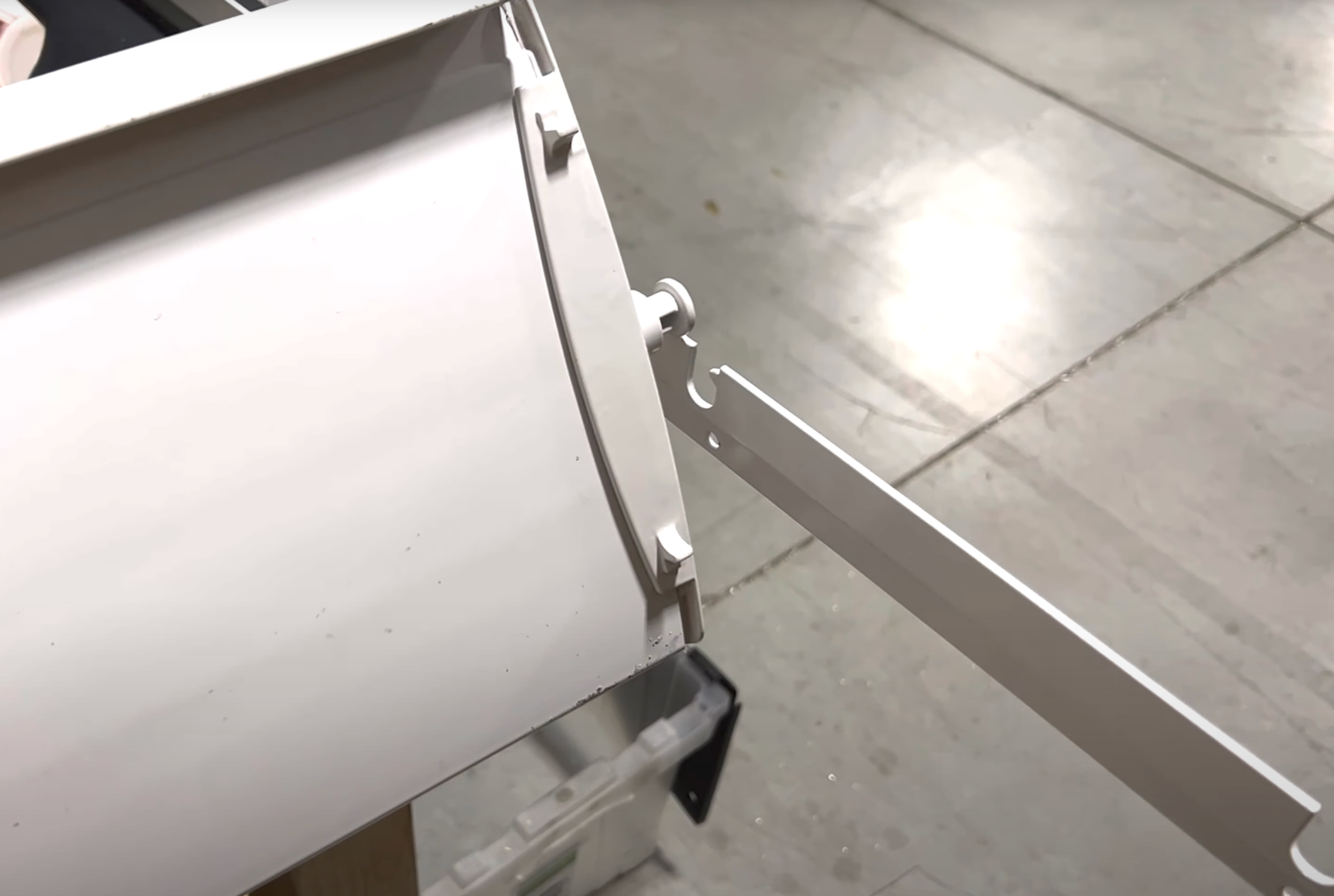
They then took that same design, made it out of aluminum. Extrusions chromium cast ends on its downside with those is going to be because aluminum is rotating in aluminum.
When the paint wears away, you end up with aluminum oxide rubbing against aluminum oxide, which if you don't know, aluminum oxide is what they make sandpaper out of. So you get a nice groaning sound when it opens and closes, which is why the luxury pergola, that's why we did a polymer and cap instead.
How the Luxury Pergola Compares
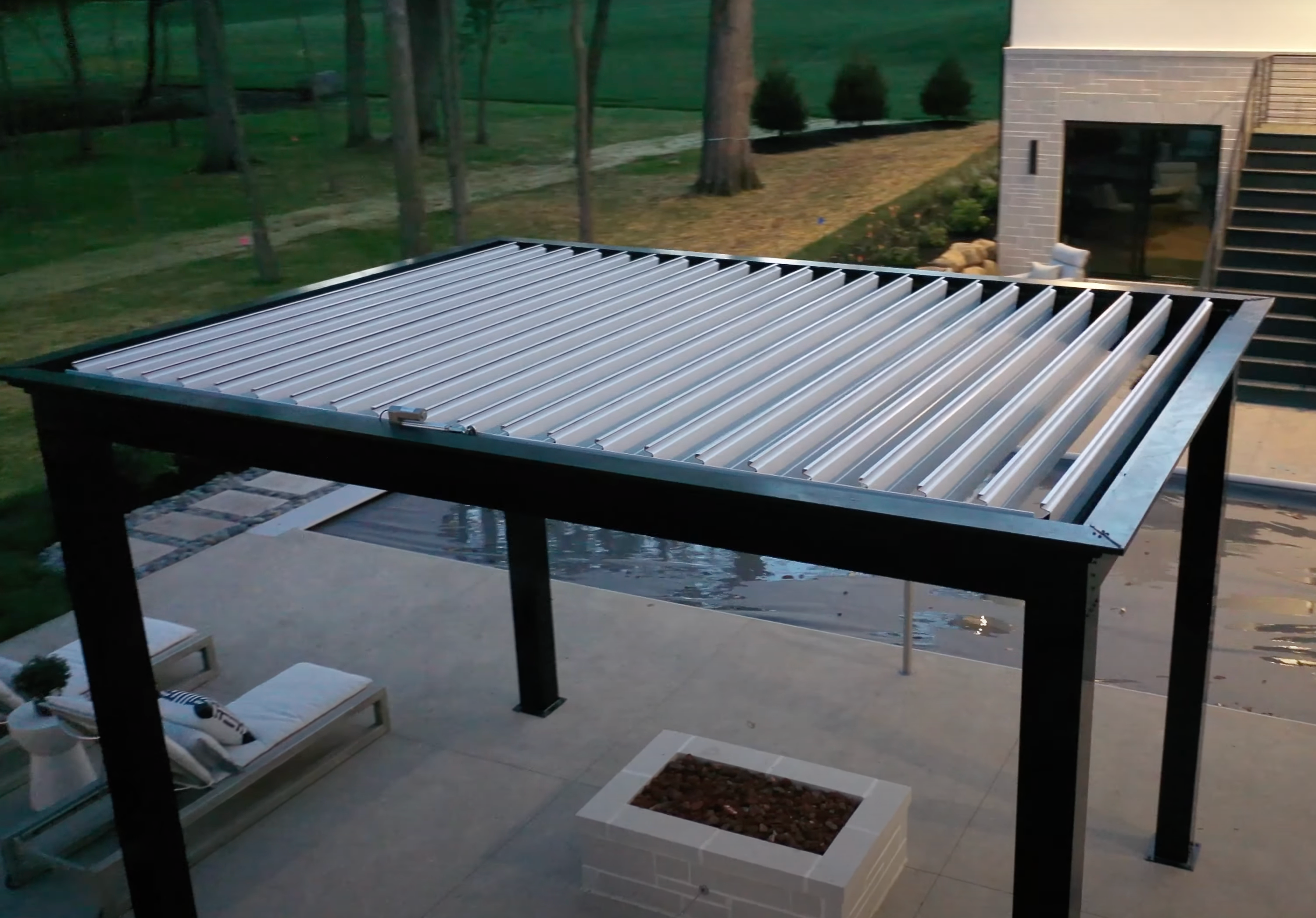
But again, other videos I can talk about that, but that's pretty much it. That's the market. I mean, there's a lot of different ways they're made now. Personally, we obviously like ours the best. When we created the luxury pergola, we kind of took a lot of the designs that we thought were interesting around the entire world and put them into one unit.
The composite end cap and the dual wall are our two favorite things that my father and I talk about a lot. And that's because you don't want to have an end cap you need to lubricate or that makes noises as the oxide rotates.
You don't want to use a steel bearing from the risk of it potentially failing. And the composite, like I said, is self lubricating.
You get the stress you need without the groaning sound. So that's why you know, now personally, I'm not going to rate which one is the best because I'm biased.
But that's kind of the industry. That's what's out there right now. We obviously like ours the best, but you're asking me if you have any questions. Leave them in the comments below.
Next Steps
Please do me a favor and subscribe. You can also go to our website The Luxury Pergola. You look at our prices, we're typically about half of what most of the other manufacturers charge for an install product.
And that's because instead of selling it to a dealer who then sells it to you, I just sell it directly to you.
Either way, that's kind of the industry. That's what's out there and that's what we recommend. I see an excellent. Take care.



